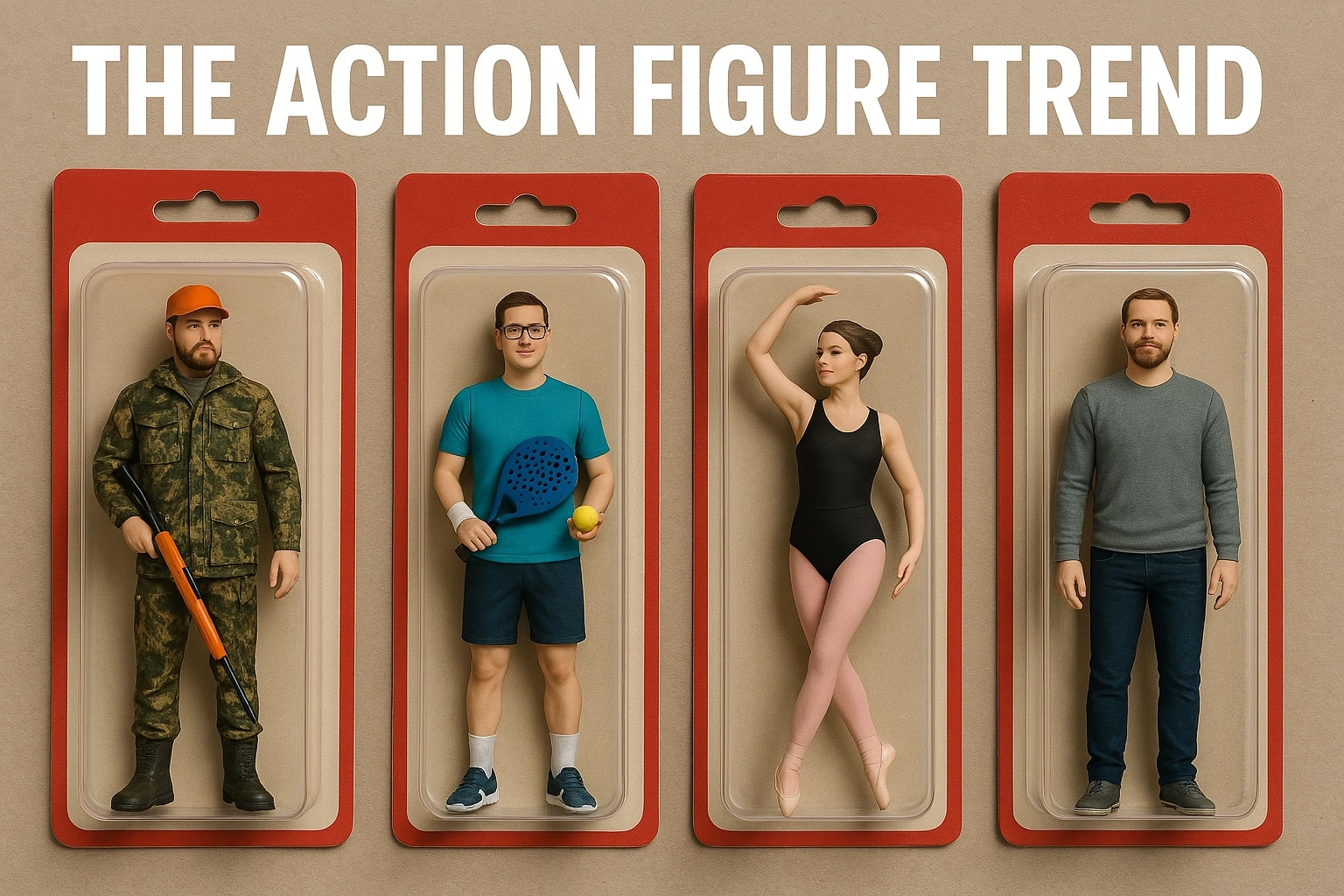How Are People Making AI Action Figures? The New Wave of Play and Creativity

Artificial intelligence is transforming every aspect of our lives, and the toy industry is no exception. The question on many minds—how are people making AI action figures—reflects a growing trend where technology, imagination, and play merge to create new, interactive experiences for all ages.
The Rise of AI-Powered Toys
Major toy brands like Mattel are now collaborating with tech giants such as OpenAI to bring AI into the heart of play. This partnership aims to develop toys and games that can actually converse with users, respond to their commands, and even learn from interactions. According to Mattel, the goal is to leverage AI to “reimagine new forms of play” and broaden the reach of classic toy brands like Barbie and Hot Wheels.
Read more about this trend in LA Times: Mattel teams up with OpenAI.
How AI Action Figures Are Made
- AI Image Generation: The current wave of AI action figure creation often begins with generative AI models. Users can upload photos, select styles, and let AI convert these images into stylized action figure designs.
- Customization: Advanced platforms allow users to add miniature accessories, customize titles, and fine-tune details, creating unique, personal collectibles.
- Interactive Features: Companies are integrating conversational AI, allowing toys to interact with users, tell jokes, or play games, blurring the line between physical and digital play.
- Digital-Physical Bridge: Some platforms not only offer digital previews but also enable users to 3D print or order physical versions of their AI-designed figures.
Why This Matters
The integration of AI into toys and collectibles isn’t just about novelty. It democratizes creativity—users of all ages can design their own action figures, inspired by themselves or their favorite characters, without special skills or expensive tools. Furthermore, AI streamlines product development for companies, enabling rapid prototyping and personalization at scale.
Privacy and Safety Considerations
As AI toys become more interactive, concerns about privacy and data security have grown. Companies are now emphasizing transparency, safety, and compliance with privacy laws. The discontinuation of earlier smart toys like Hello Barbie highlighted the importance of protecting children’s data and ensuring secure product design.
Try It Yourself: Free AI Action Figure Generator
For those eager to experience this trend first-hand, there are free online tools that let you create your own AI action figures. One such resource is the AI Action Figure Generator, which enables users to transform photos into unique collectible figures with just a few clicks.
Further Reading
In summary, people are making AI action figures by combining generative AI tools, customization platforms, and interactive technologies. This new era promises more creative, personalized, and engaging play experiences—while also raising important questions about privacy and safety.